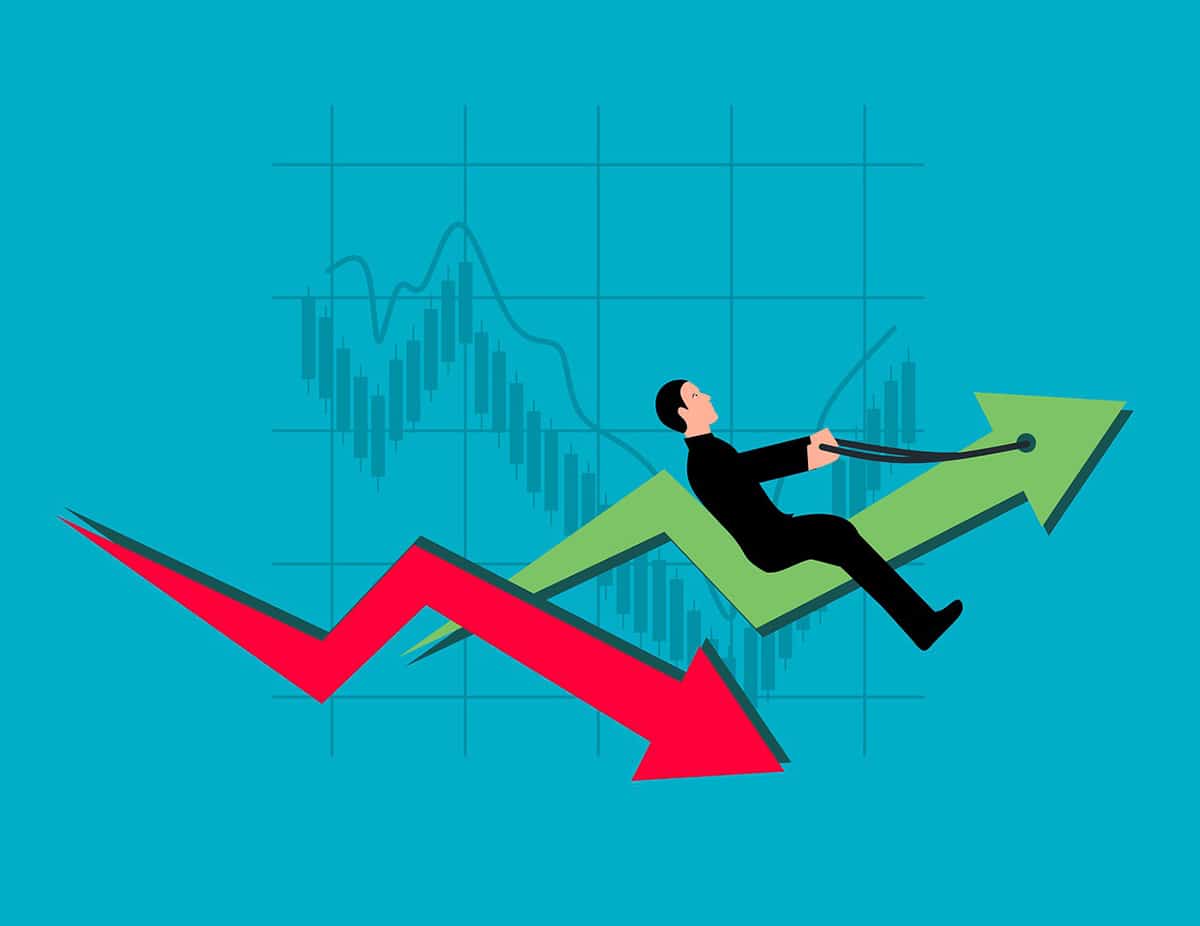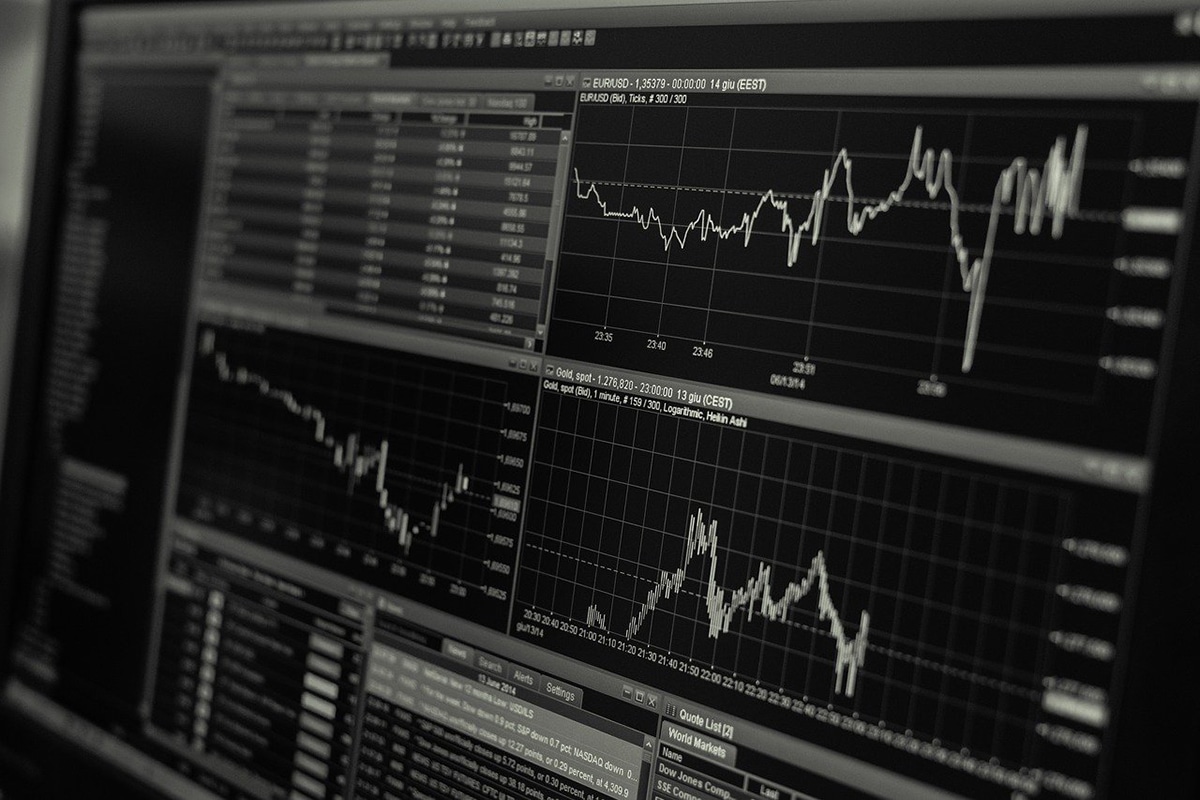
In the stock market, each country has its own market made up of national companies. Here, in Spain, we have the so-called continuous market that includes 130 Iberian companies. But what is the continuous market? How does it work? In the event that you are entering the world of economics and finance, this is an essential concept for you.
Not only will we answer the big question that gives this article its title, but we will also explain how the continuous market works, what its trading hours are and what companies make it up.
What is the continuous market and how does it work?

If you are starting to invest in the stock market, or at least to inform yourself about the subject, it is time for you to discover what the continuous market is. It is a system that connects the four stock exchanges in Spain in a single stock market. In this way, the shares can be listed simultaneously on the Barcelona, Bilbao, Madrid and Valencia stock exchanges. To enable this operation, there is an electronic platform called the Spanish Stock Market Interconnection System (SIBE). This platform allows the four Spanish stock exchanges to function as if they were a single stock market. In addition, it unifies the possible warrant negotiations, ETFs, stocks and other investment products.
It was in 1989 when Spain began trading shares through an electronic system. At that time, the continuous market emerged with a price of seven stocks, nothing more. Today more than 130 companies are listed on it. Within it, there are also the securities listed on the IBEX 35, which is the index that groups together the companies with the highest market capitalization.
The person in charge of supervising the continuous market is the CNMV (National Securities Market Commission). Instead, the governing body is the BME (Spanish Stock Exchanges and Markets). As for the entity in charge of clearing and settlement, this is Iberclear, which is owned by BME.
Operation
Now that we know more or less what the continuous market is, let's explain how it works. As we have said previously, the SIBE is made up of various securities. Most of these are part of the general hiring. This, in turn, is based on a continuous market that is driven by various orders. What does this mean? Well what the price is formed from the cross between the buy offers and the sell offers. Regarding the trading hours, we will comment on it later.
It should also be noted that we can find several segments within the SIBE. We are going to comment on them below:
- General stock trading segment: This is the best known and also the most used by retail investors in Spain.
- MAB (Alternative Stock Market): This market was created in 2008 so that those companies whose market capitalization was reduced or that were in the expansion phase could also be listed.
- Latibex: The Latibex market was authorized in 1999. Its purpose is to serve as a platform for the settlement and negotiation in Europe of the securities belonging to the main companies in Latin America. It should be noted that these are priced in euros.
- ETF Market: ETFs can be contracted in this segment belonging to the Spanish stock market. These acronyms basically describe listed investment funds.
- Fixing segment: Finally, there is the Fixing segment. This is intended for those securities whose liquidity is lower within the SIBE.
When does the continuous market open?
Apart from knowing what the continuous market is, it is very important to know its schedules if we want to go public. The trading hours of this Spanish stock market begin at nine in the morning and end at five thirty in the afternoon. However, we must take into account both the opening and closing auction. The period between the two auctions is called the "open market".
But what are auctions? These are periods of time for trading on the stock market. During these periods, orders can be modified, canceled and entered, but without these actions being executed. They are basically used to set both opening and closing prices and thus control excessive price fluctuations.
Let's summarize and better visualize the schedules:
- Opening auction: from 8.30 am to 9.00 am.
- Open market: from 9.00 am to 17.30 am.
- Closing auction: from 17.30 am to 17.35 am.
What companies form the continuous market?

To know exactly what the continuous market is, it is not enough to know the definition or the schedules. We must also know which companies make it up. As we have already mentioned above, there are 130 in total, some of them very famous. We will list them below:
- Abengoa A.
- Abengoa B
- Acciona
- Activate Ener
- acerinox
- ACS
- Adolfo Dguez
- Aedas
- Aena
- Airbus se
- Artificial
- Alantra
- almirall
- Amadeus
- Amper
- amrest
- Aperam
- Apps
- Arcelormit
- Arima
- Atresmedia
- Audax renewed.
- Aux. Rail
- Azkoyen
- Santander
- Ba. Sabadell
- Bankinter
- Baron of Law
- Bavaria
- BBVA
- Berkeley
- Bo. Rioja
- Borges bain
- Caixabank
- Cam
- Cash
- CCEP
- Cellnex
- Cevasa
- Cie Automotive.
- cleop
- codere
- Coemac
- Alba Corp.
- Anchor
- Mr. Felguera
- deoleo
- Day
- Dominion
- Ebro Foods
- Ecoener
- edreams
- ELEC
- Petticoats
- Ence
- Endesa
- Ercros
- ezentis
- Faes Pharma
- FCC
- Ferrovial
- Fluidra
- GAM
- Gestamps
- Gr. C. Occident
- grenergy
- Grifols Cl. A
- Grifols Cl.B
- IAG
- Iberdrola
- iberpapel
- Inditex
- Indra A.
- Im. Colonial
- Inm. from the south
- Lar Spain
- free 7
- Línea Directa
- Ingots Esp.
- Logista
- Mapfre
- Mediset
- Melia Hotels
- Merlin
- Metrovacesa
- Michael Cost.
- montebalito
- Naturgy
- naturhouse
- Neinor
- Nextile
- NH Hotel
- Nico. strap
- nyesa
- ohhh
- opdenergy
- oryzon
- Pescanova
- Pharma Sea
- prime
- Hurry
- Prosegur
- REC
- royal
- King Jofre
- Reno M. S / A
- Reno M. Conv.
- Rent 4
- Rent Corp.
- Repsol
- R
- Sacyr
- San Jose
- Service PS
- Siemens Games
- Solariums
- solar pack
- single
- Talgo
- Gathered Tech.
- Telefonica
- tubacex
- Reuni tubes.
- Unicaja
- cities
- Vertex 360
- vidrala
- Viscofan
- vocento
- Zardoya otis
In order to be able to study companies by fundamental or technical, these are available from various sources. For relevant events, the first place to go is on the CNMV website. There are also other very complete ones such as Investing, Pcbolsa, infobolsa, etc. Anyway, remember that A good preliminary study of the market and the companies will help you make a decision.